As one of the newest in our nation, the Cesar Chavez National Monument is a place of peace, simplicity, and honor. But don’t let the serenity of the majestic hillside fool you – this is the birth place of a cause that forever shaped the landscape of agriculture, California politics and the lives of so many migrant farm workers. Coming to Cesar Chavez National Monument with kids is an experience that will transform your thoughts on community activism, embolden your desire for justice and decency and will teach our kids how amazing this man’s legacy truly is.
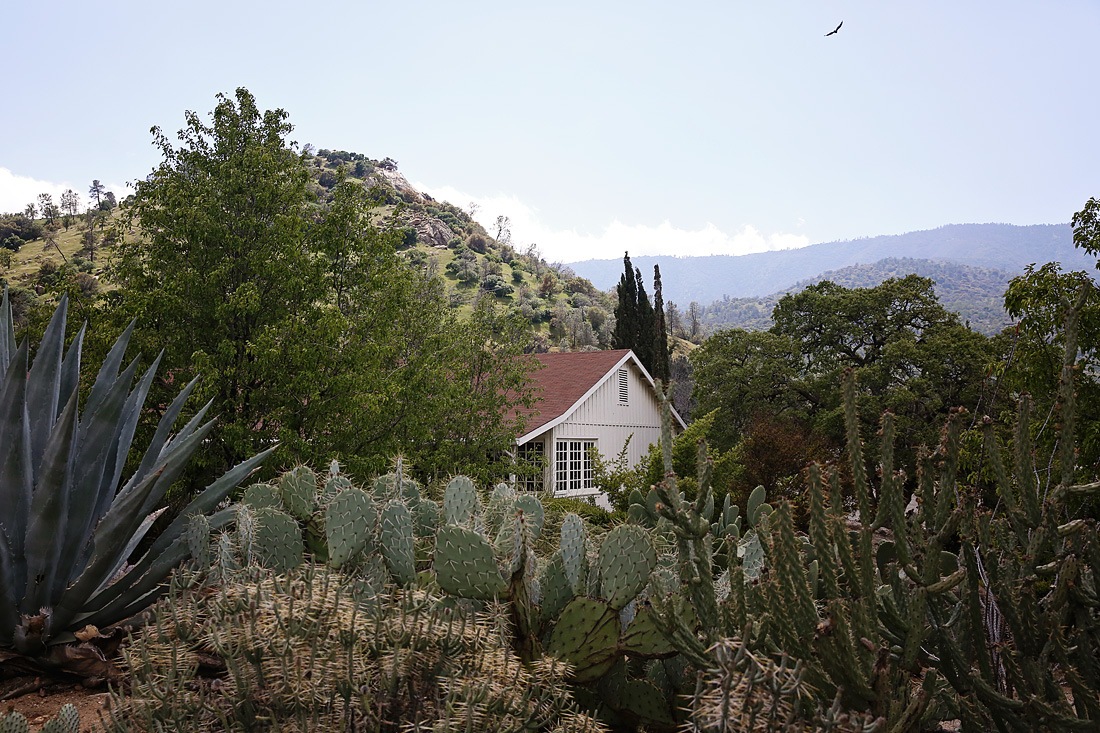
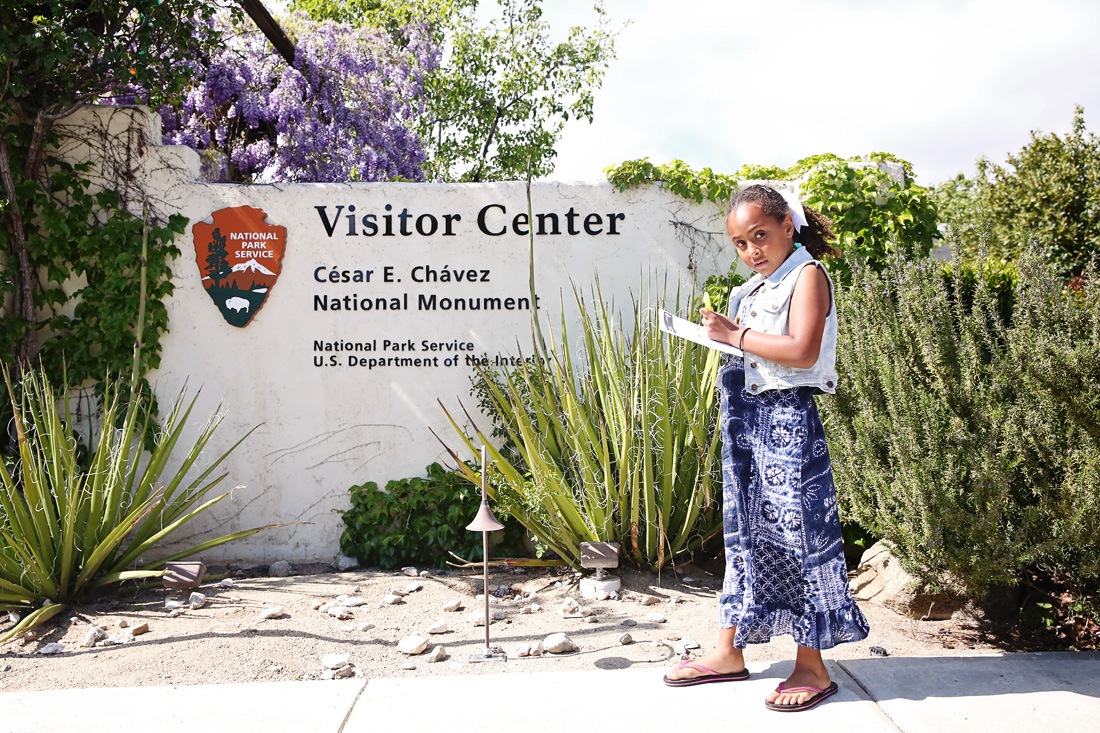 Teaching Latino Kids About Cesar Chavez
Teaching Latino Kids About Cesar Chavez
Here in California, Cesar Chavez Day is March 31st and, being that my kids go to a dual language school, the day isn’t completely overlooked. (Meaning that a small foundation of knowledge is taught about his impact on our state’s history.) On the other hand, my son’s preschool didn’t acknowledge Cesar Chavez day at all.
Like we do every year with MLK and the civil rights movement, my husband and I chose to supplement their learning of Cesar Chavez to honor the amazing impact his work made to so many Latinos here in California. A few worksheets are not enough – our kids need to feel connected to the historical figures that impact our history.
Cesar Chavez and others, such as Dolores Huerta and Larry Itliong, along with support from millions of Americans, the farm worker movement joined forces with other reform movements to achieve unprecedented successes that greatly improved working and living conditions and wages for farm workers. The enduring legacies of César E. Chávez and the farm worker movement include passage of California’s Agricultural Labor Relations Act of 1975, the first law in the U.S. that recognized farm workers’ collective bargaining rights and improving the quality of lives for so many Latinos in California.
They organized marches and strikes, engaged the government and political systems to get their messages heard… and they created change. If that’s not the most American definition of progress, I don’t know what is.
The fact that Cesar Chavez is Latino and spoke Spanish only ripens the sweet feeling of pride that I wish my kids to own.
To teach our kids about Cesar Chavez, I took out every book at our local library. I also used the resources found on the Mommy Maestra Lesson Plan on Cesar Chavez. We really loved this free printable of Cesar Chavez from Pearmama as well.
Cesar Chavez National Monument with Kids
Visiting the Cesar Chavez National Monument with kids is a wonderful experience. The story of Cesar Chavez – his birth and life as a young boy, his dedication to the cause, his ability to form a community that improved so many lives – is something to be celebrated.
Be sure to earn a Cesar Chavez Badge for the Junior Ranger Program by completing the various activities. You don’t have to be a kid to do earn it, either!
If you’re visiting central California or live nearby, the Cesar Chavez National Monument is certainly worth the visit – with or without kids. Latino or not Latino. Spanish speaking or not. This is a place for all Americans to feel proud.
About The Cesar Chavez National Monument
Cesar E. Chavez National Monument was established by President Barack Obama on October 8, 2012 by proclamation under authority of the Antiquities Act. The monument is located among the Tehachapi Mountains in Keene, California, about 27 miles (43 km) southeast of Bakersfield. The property is known as Nuestra Señora Reina de la Paz (La Paz), which was designated as a National Historic Landmark along with the monument on October 8, in 2012. It’s a peaceful drive through beautiful landscape and an experience in itself.
César Chávez’s office is carefully preserved and can be seen in the monument’s exhibit hall in the Visitor Center. A memorial garden surrounds the gravesites of both Cesar Chave and his wife, Helen. The Memorial Garden, where César Chávez is buried, features grape vines, roses, and other plants. Near the grave marker of César Chávez, a fountain honors the union’s five martyrs.
Of course, the example of how migrant farm workers lived in the small shack made the most impact on my kids. Their family of four being stuffed inside that small space taught them more than any book or coloring page. Along with the images and stories offered, the visitor center was a wonderful way to honor and teach kids about the legacy Cesar Chavez and his community built.
The monument is the 398th unit the National Park System and is managed collaboratively by the National Park Service and the National Chavez Center. The Center and members of the Chávez family offered to donate properties at La Paz to the federal government to establish the national monument. Initial funding was provided by the National Park Foundation’s America Latino Heritage Fund. Some of the monument’s services and programs are still in development, but a visitor center and memorial garden where Chavez is buried are open to the public.

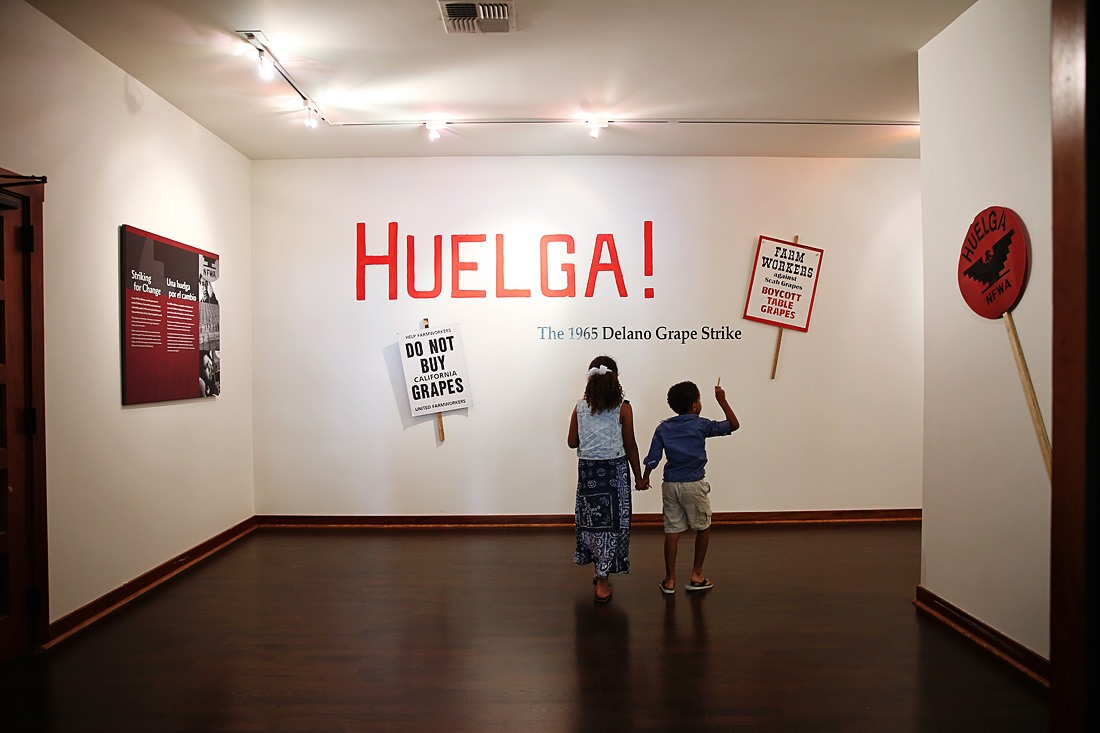
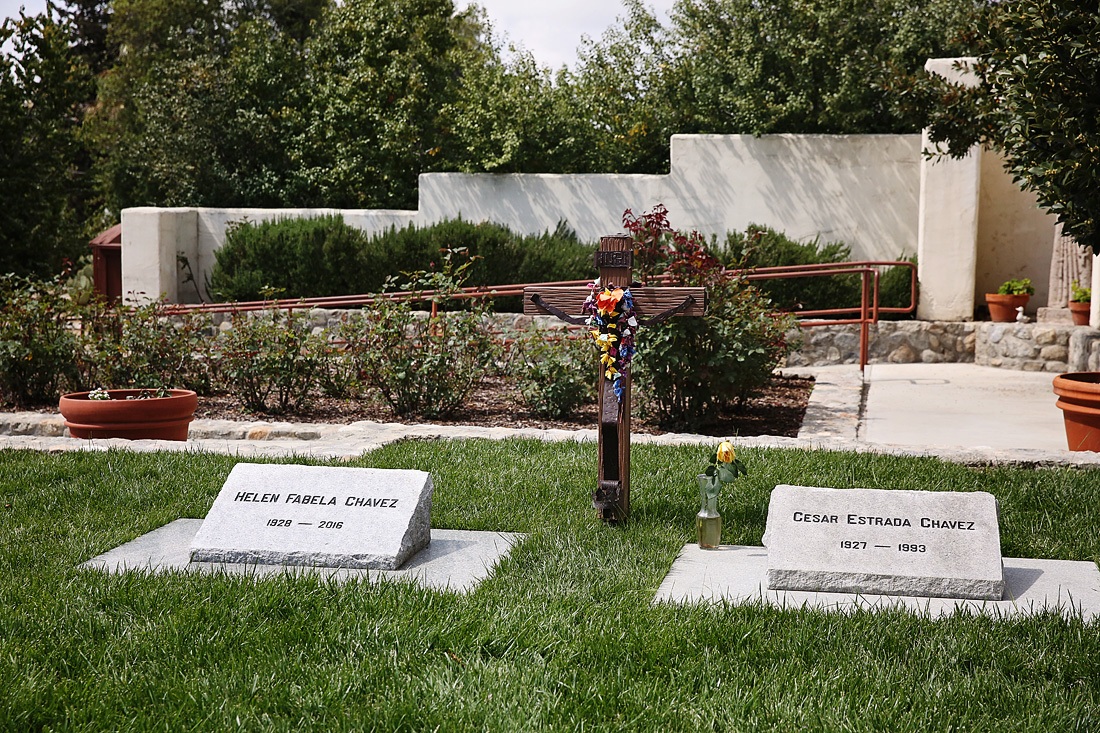
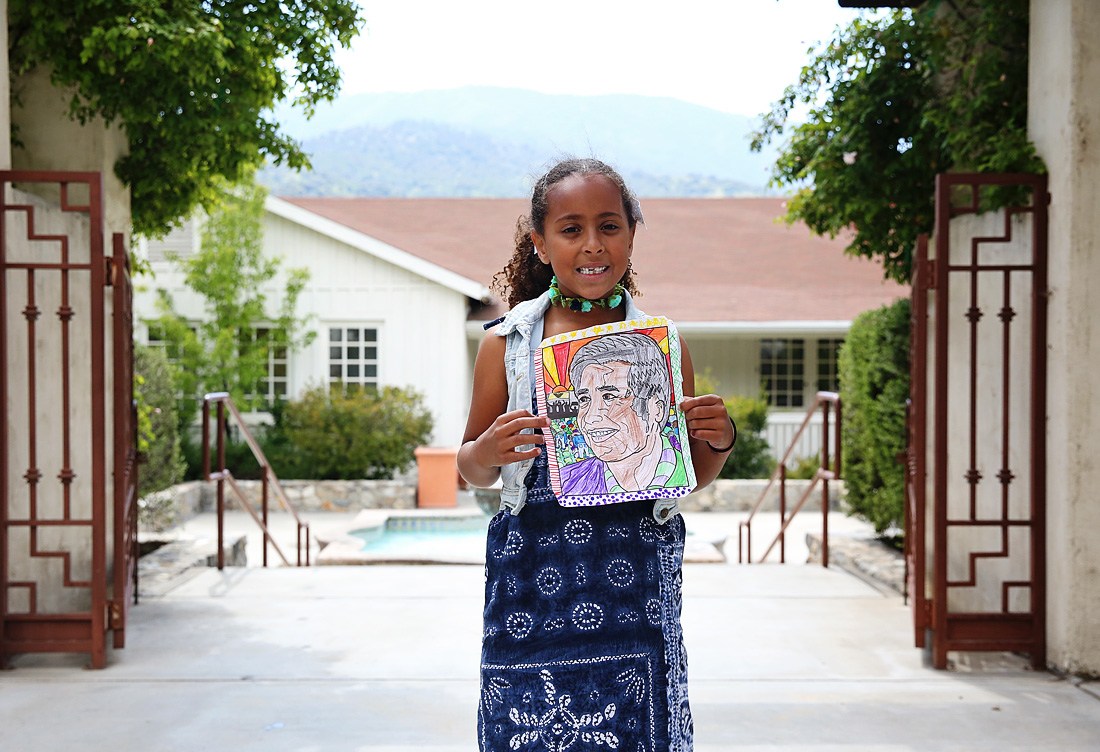
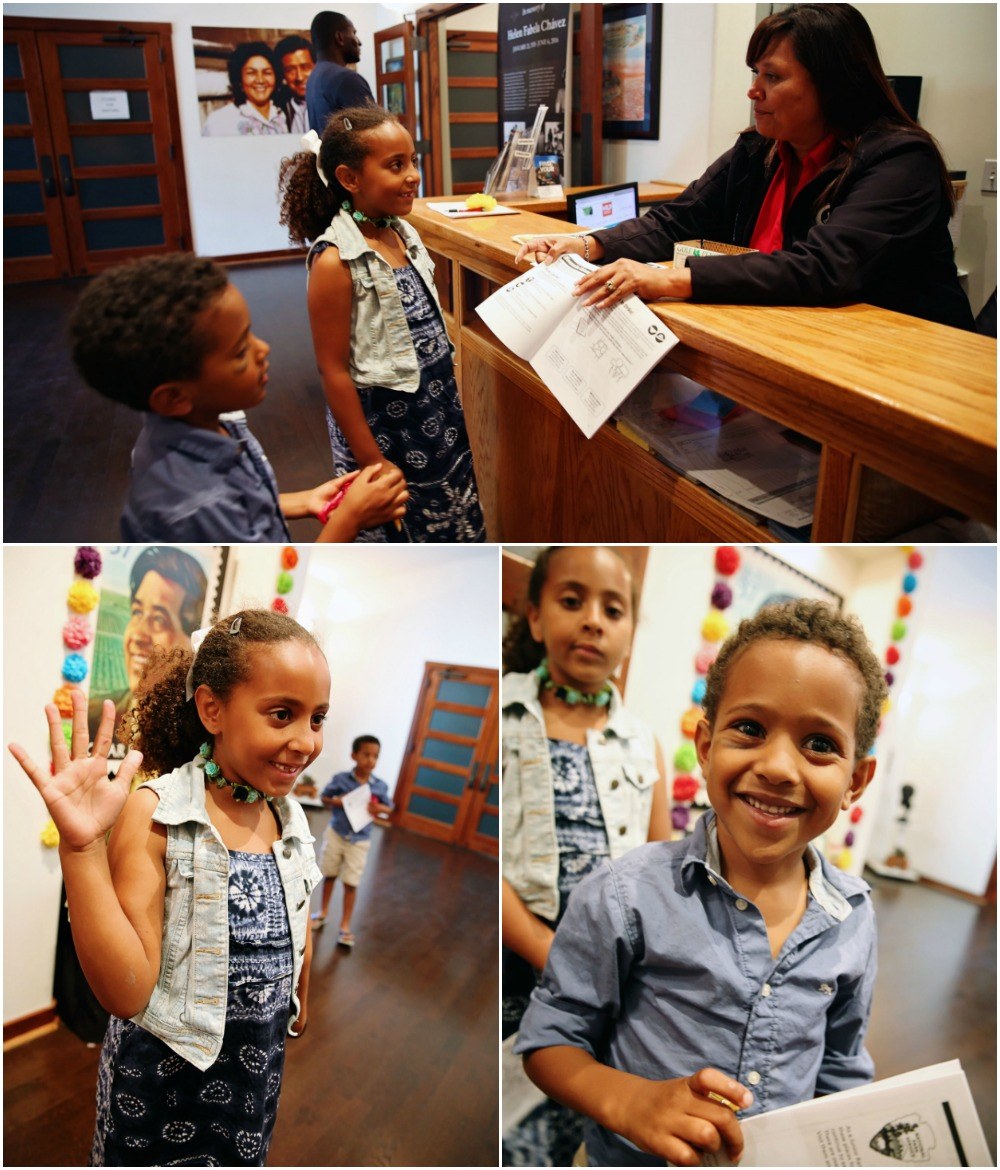
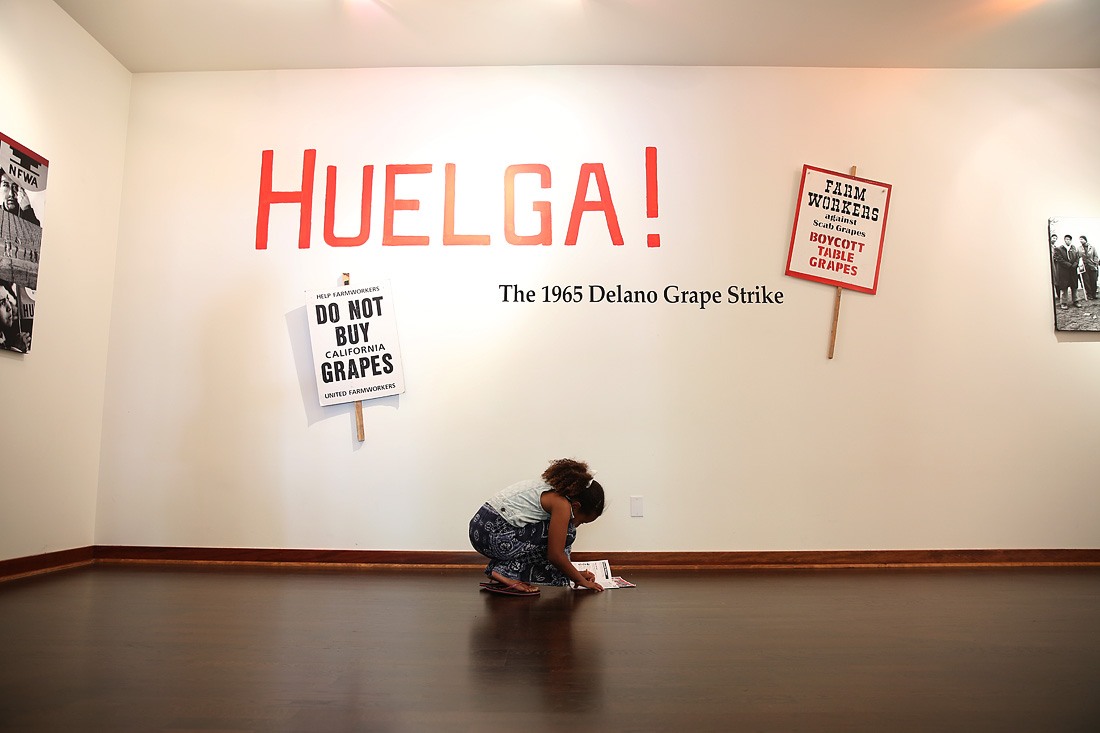
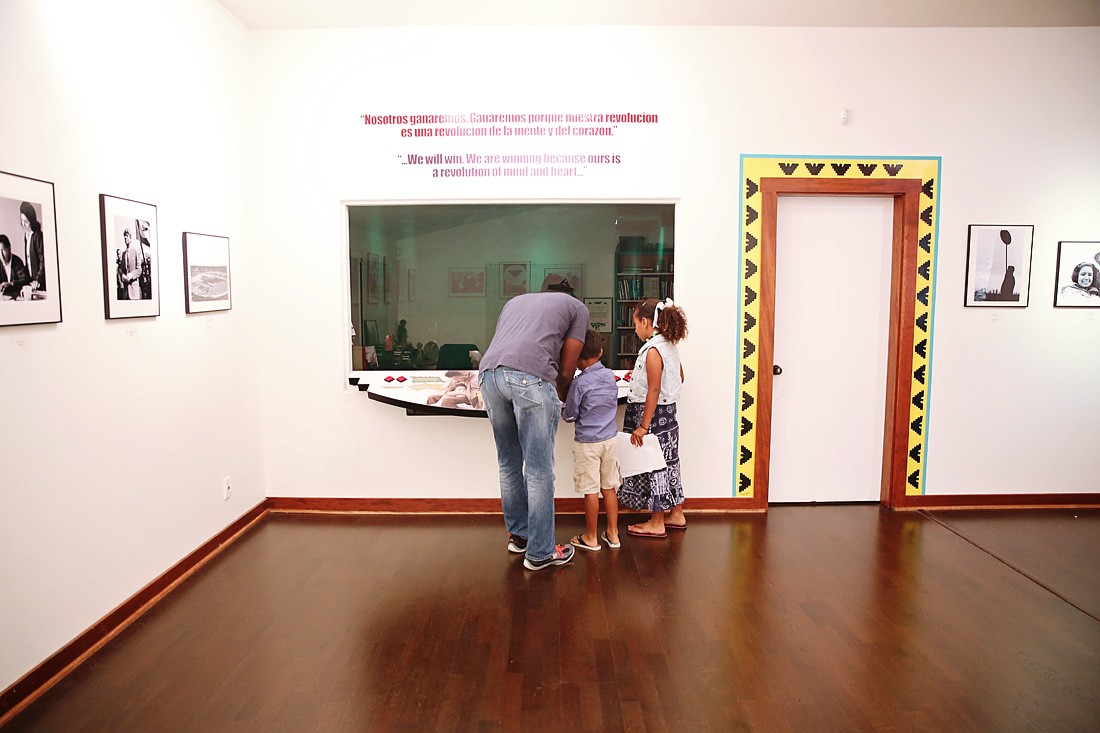
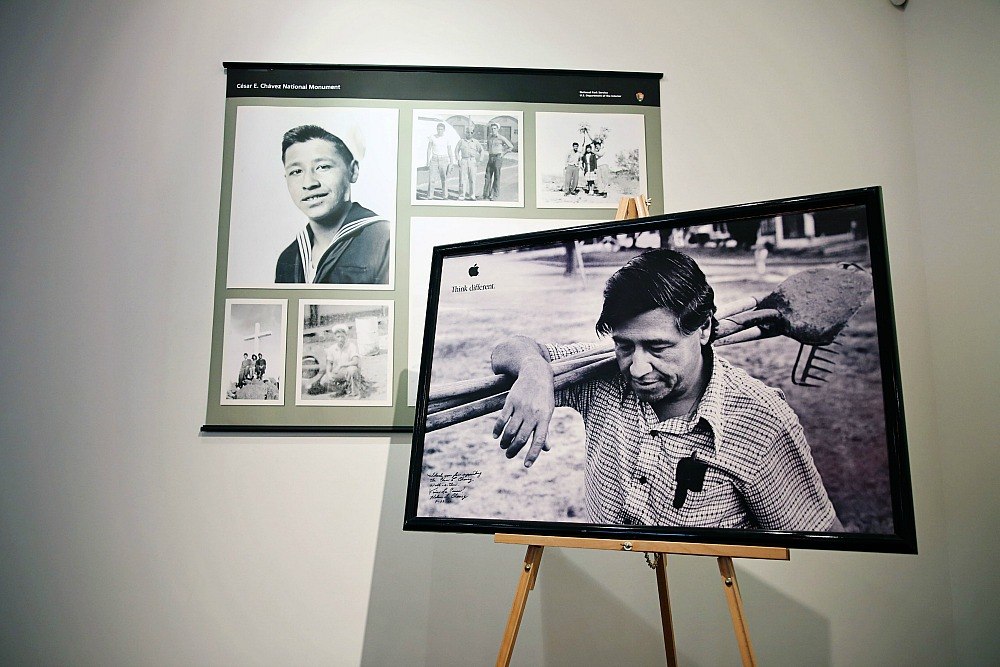
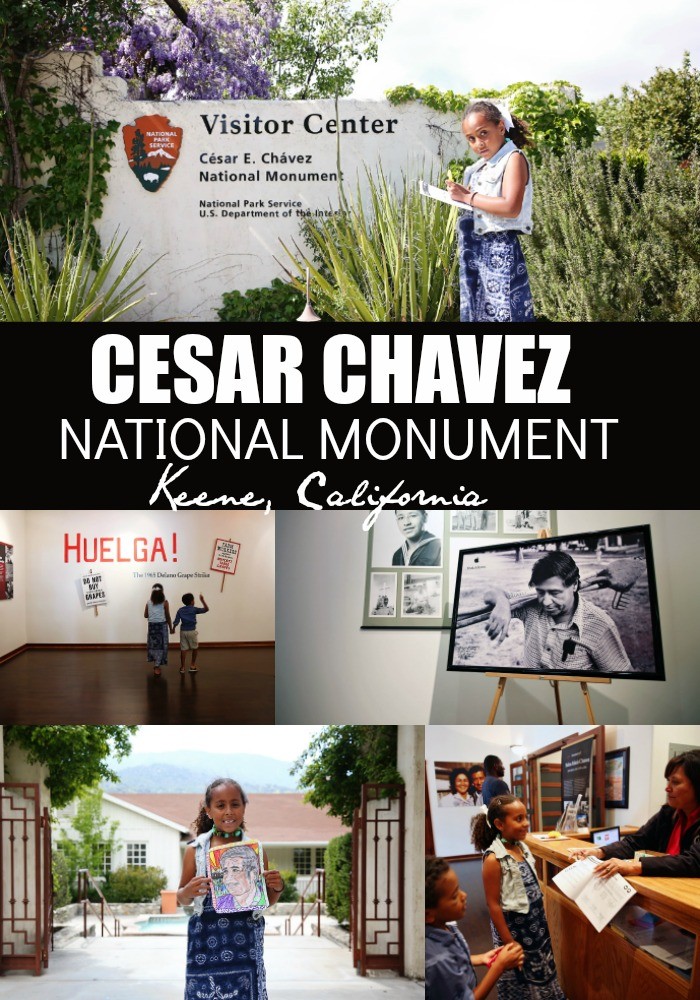

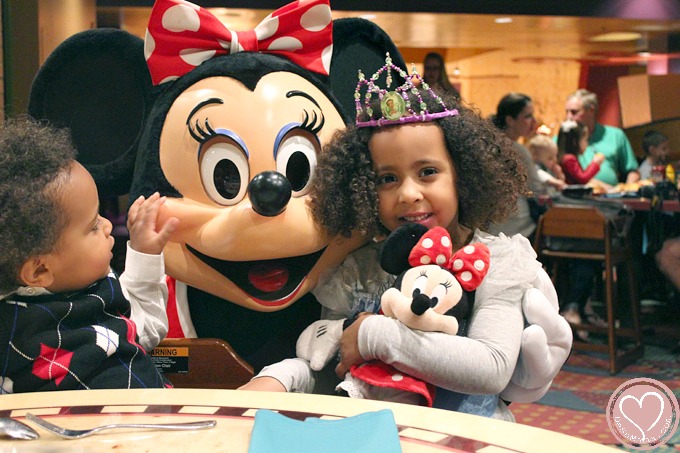
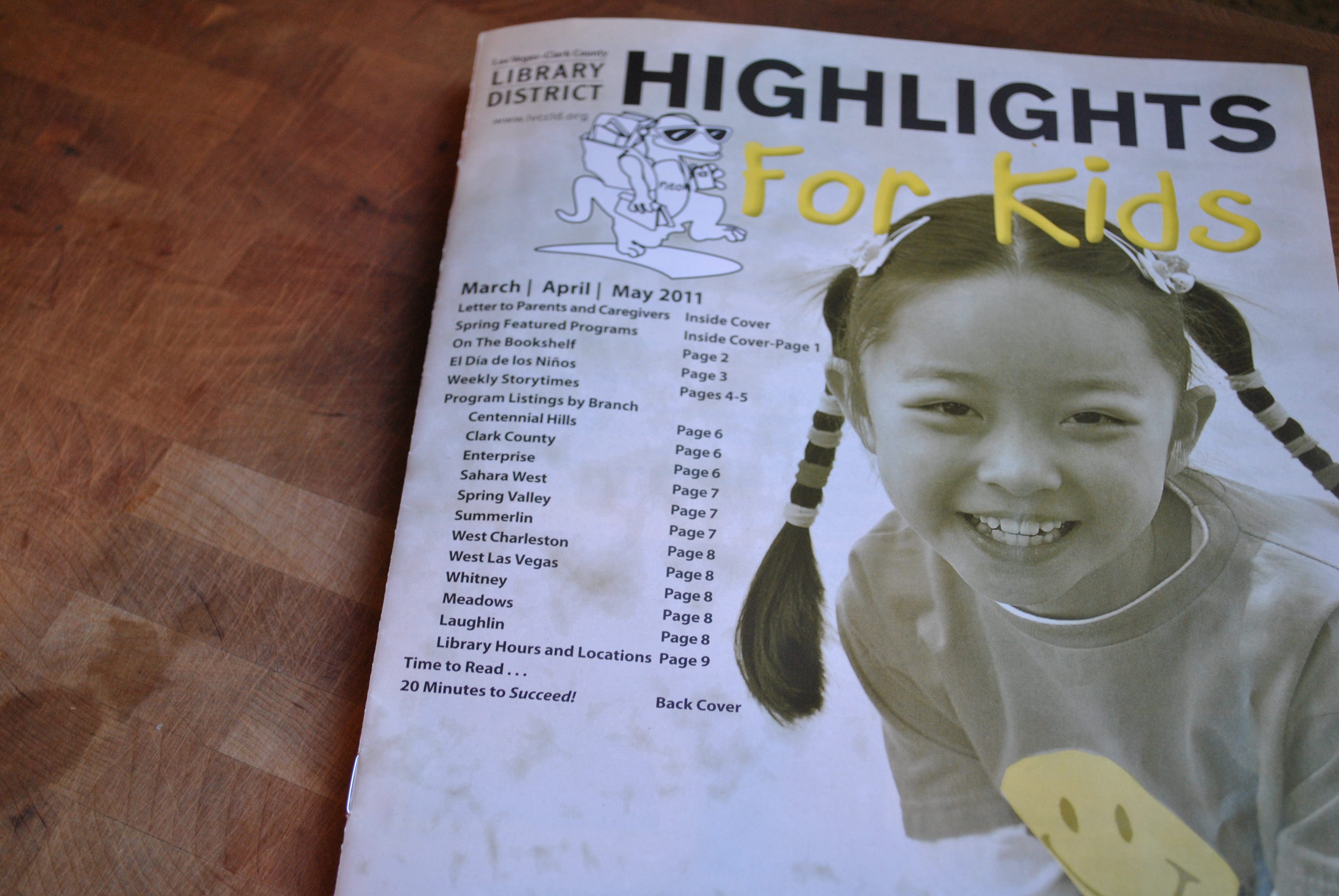
1 Comment
Family Travel Guides From Around the World - Multicultural Kid Blogs
July 16, 2017 at 1:22 am[…] Bakersfield area: César Chávez National Monument; […]